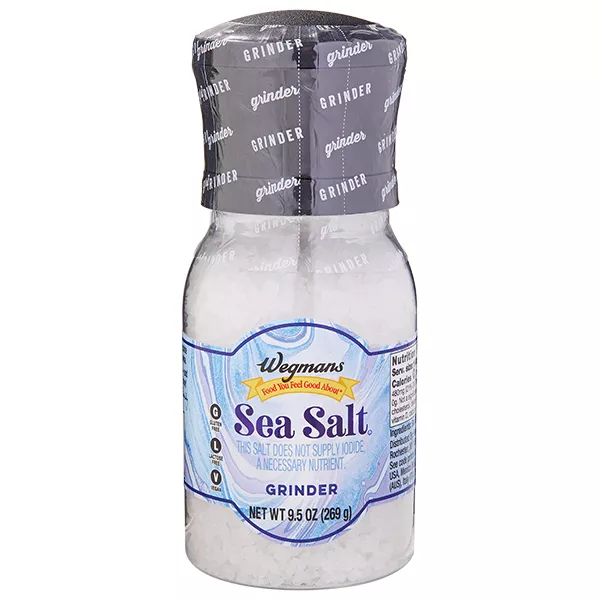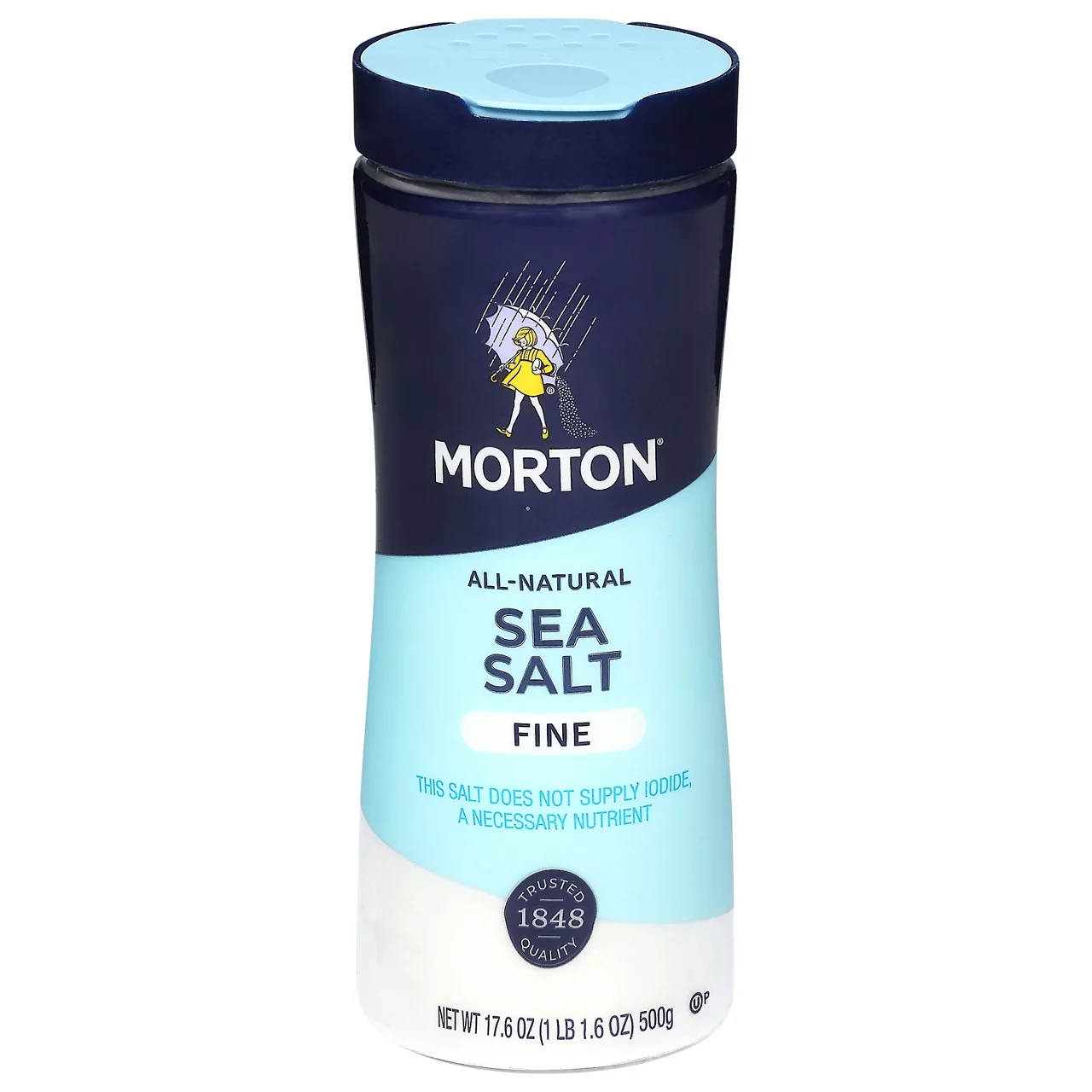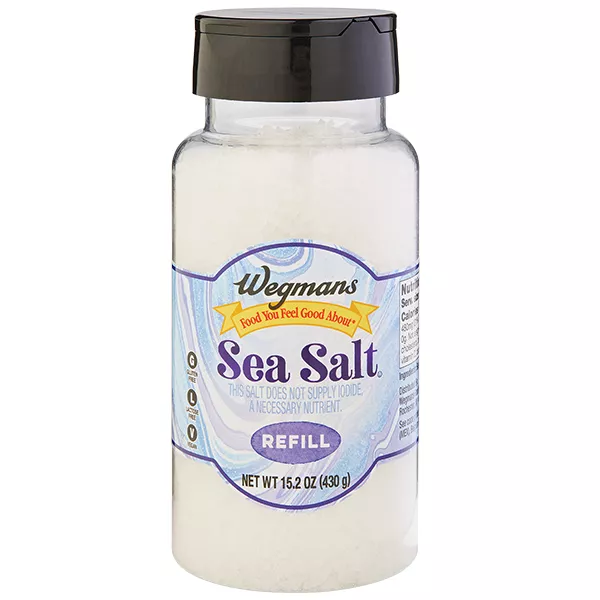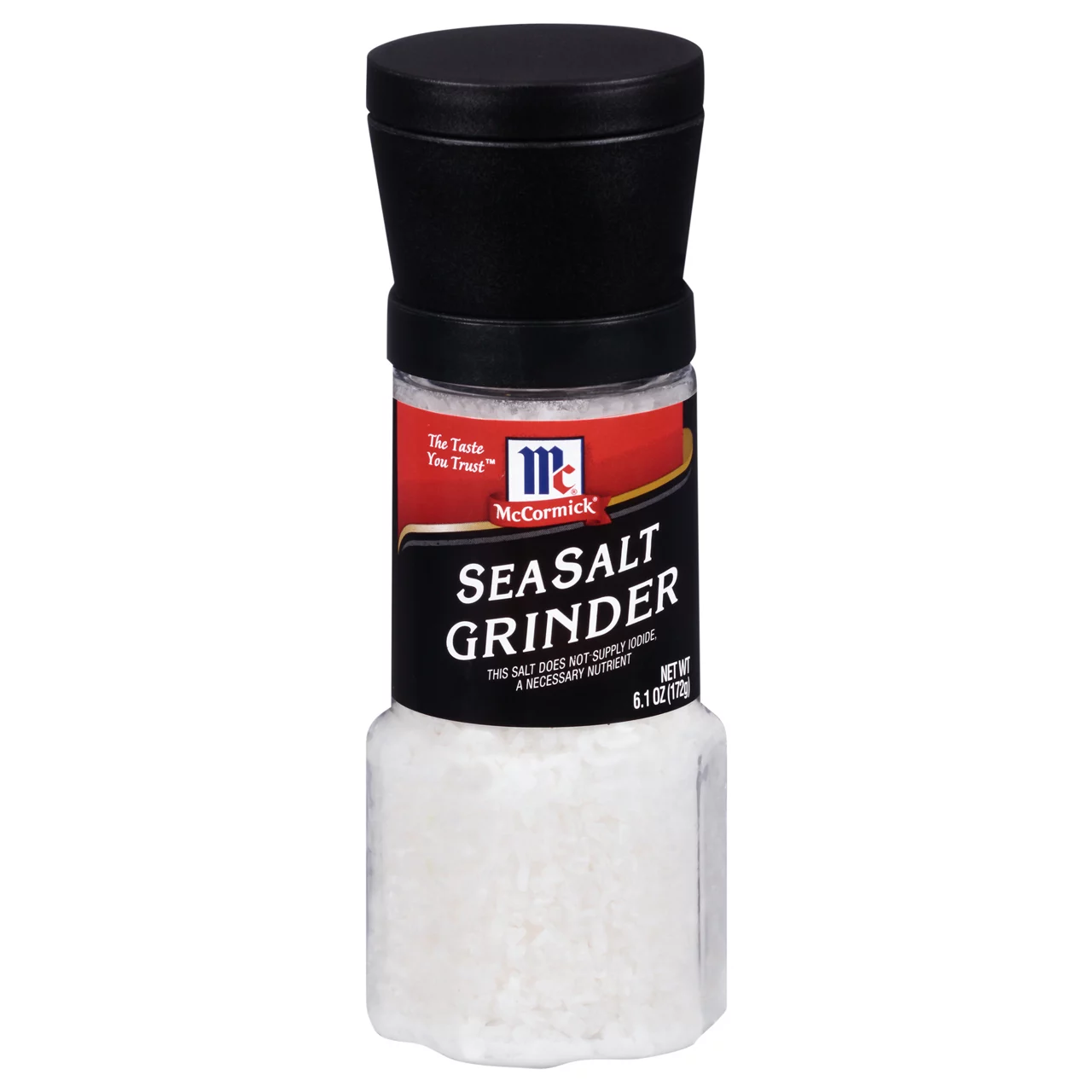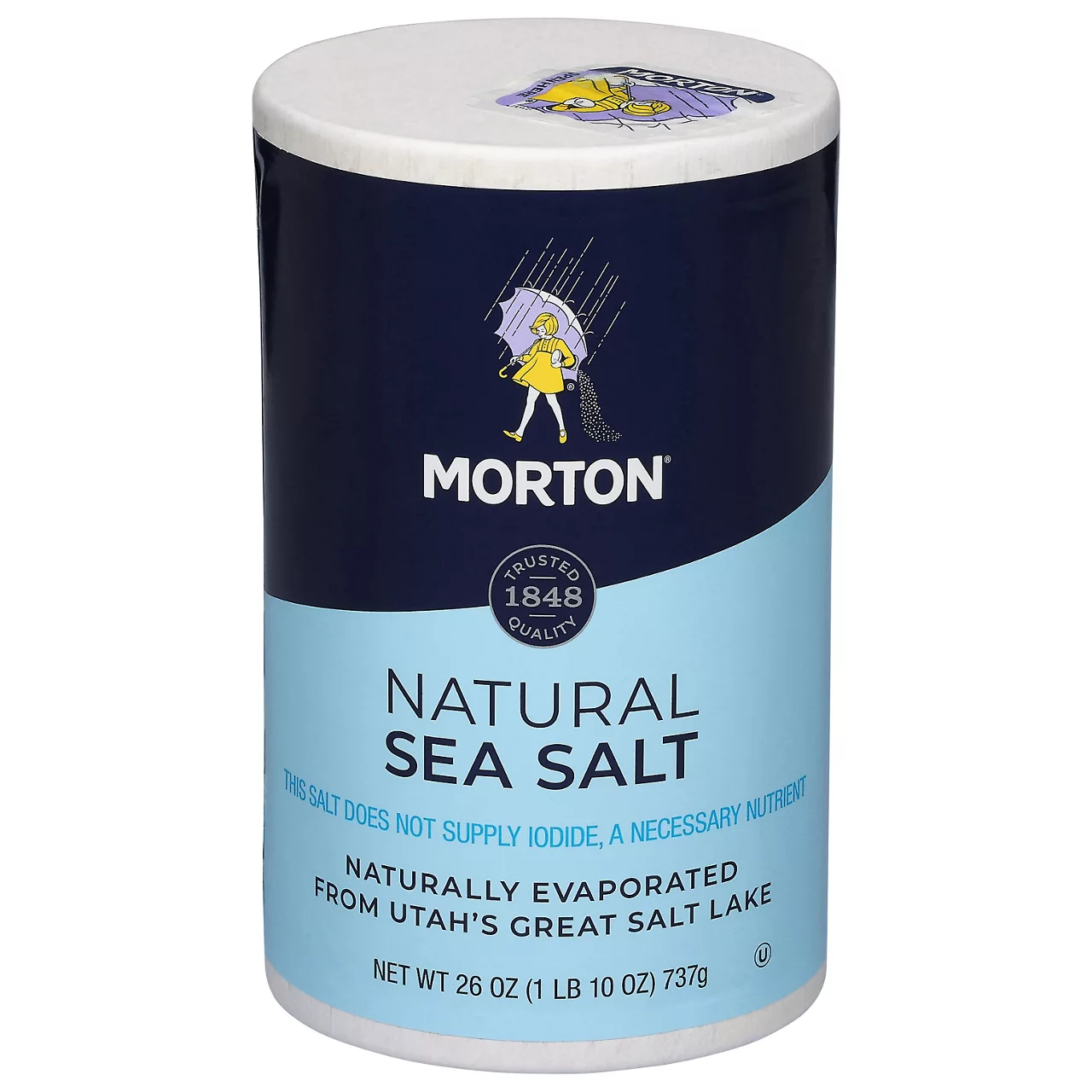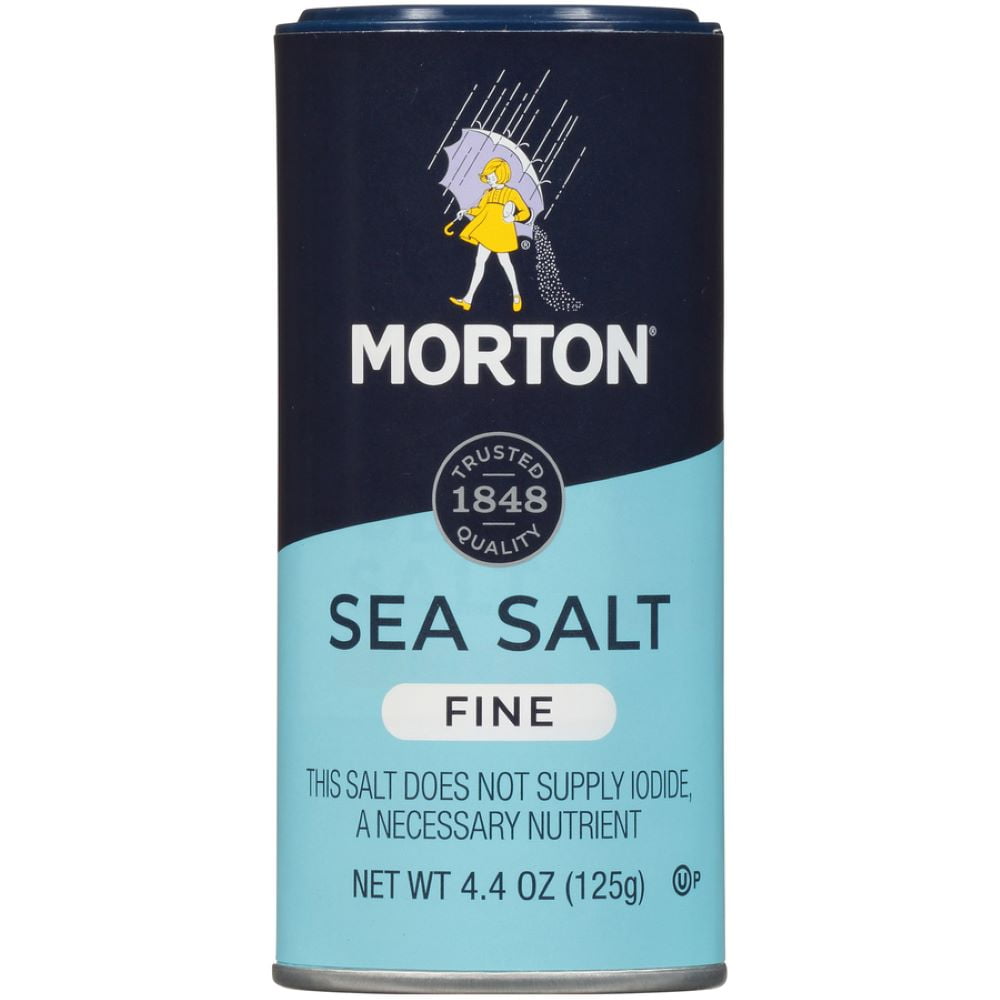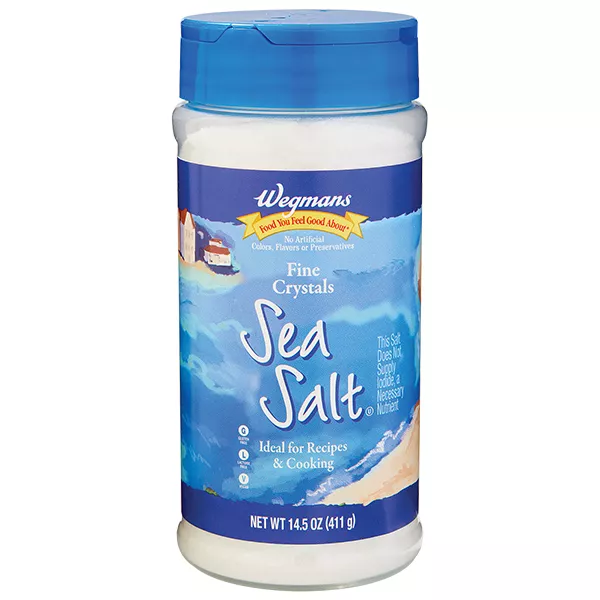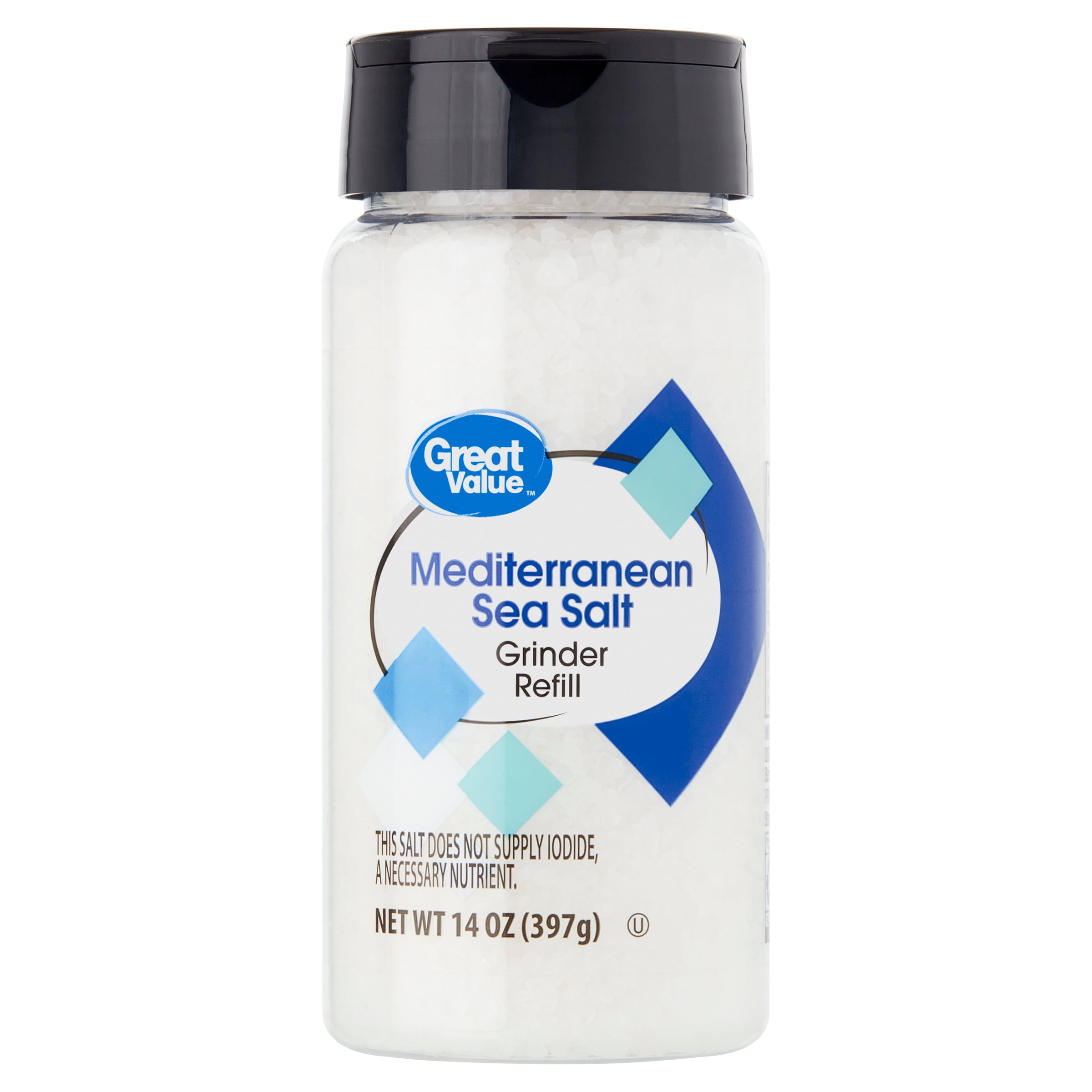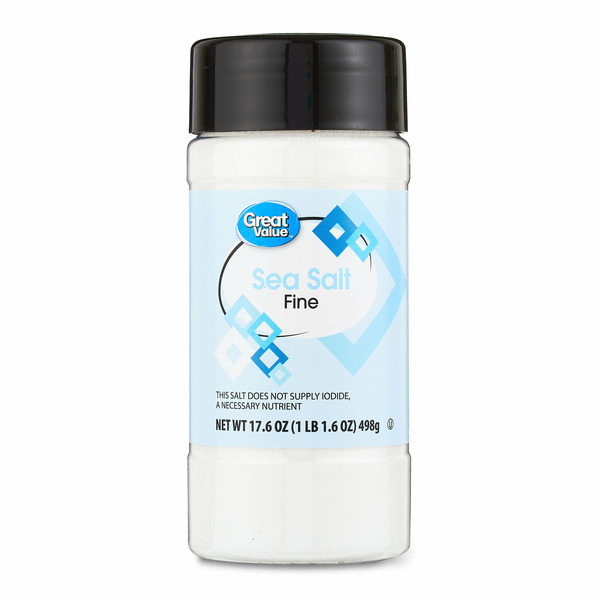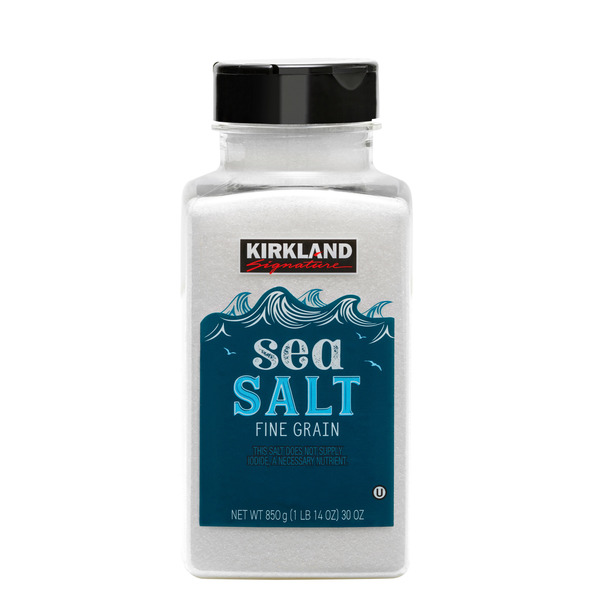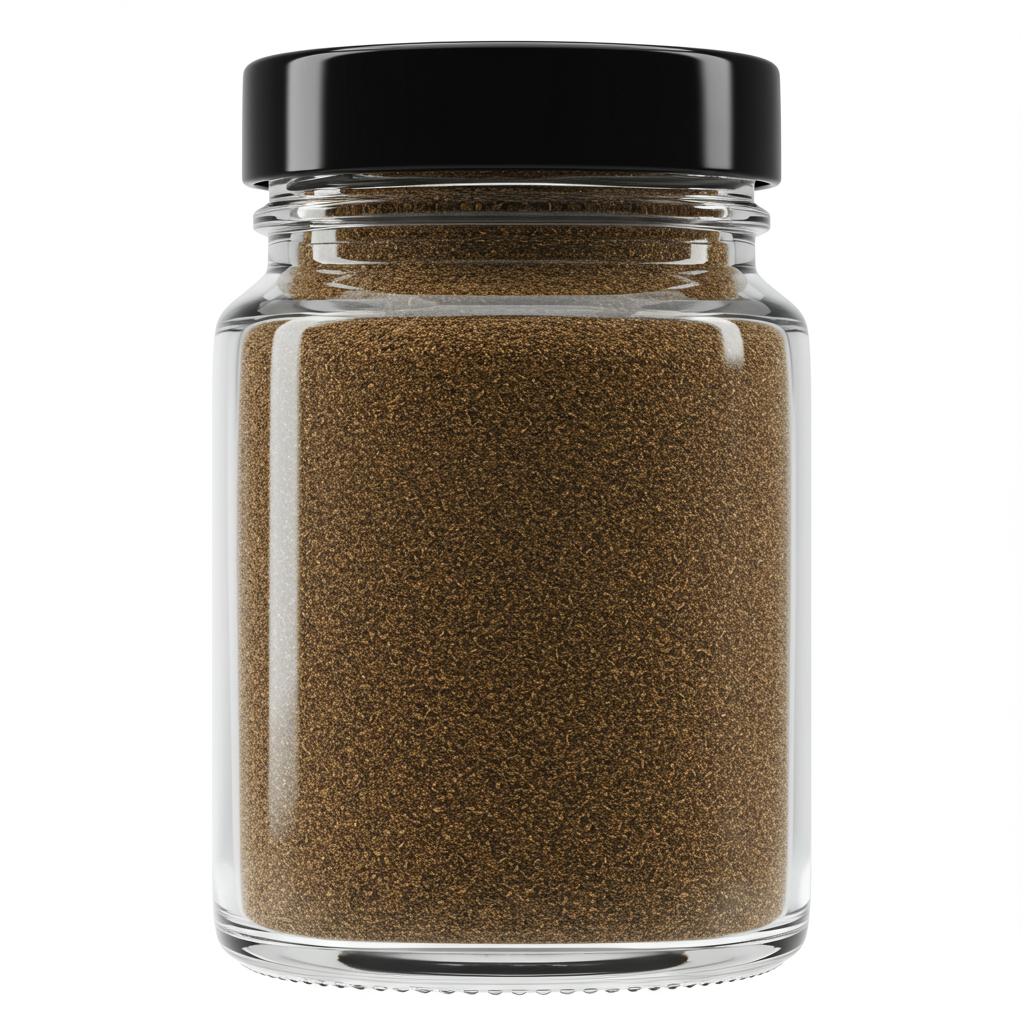CONDIMENTS AND SAUCES
Sea Salt
Sea salt is a natural, unrefined salt variety, obtained through the evaporation of seawater. It is a healthier and more flavorful alternative to table salt, as it contains essential trace minerals like magnesium, calcium, and potassium. Used in a wide variety of culinary applications, sea salt enhances the natural flavors of food while providing vital nutrients for maintaining a balanced diet.
As a versatile ingredient, sea salt can be used in a myriad of dishes ranging from savory to sweet. It is particularly favored for finishing dishes, where its coarse texture adds a delightful crunch and burst of flavor. Its ability to bring out the richness in recipes makes it a favorite among home cooks and professional chefs alike.
#13
IN SEASONINGS
$0.22
AVG / OZ
1,586 Sea Salt Products
Wegmans Sea Salt Adjustable Grinder
Morton Sea Salt, Fine
Wegmans Sea Salt Refill
McCormick Sea Salt Grinder
Morton Natural Sea Salt
Morton Mediterranean Sea Salt Fine
Wegmans Fine Crystals Sea Salt
Sam's Choice Mediterranean Sea Salt Grinder Refill
Great Value Fine Sea Salt
Kirkland Signature Pure Sea Salt, Fine Grain
Used In 1,802 Recipes
5
Herb-Infused Garlic Butter Chicken and Potato Skillet
4
Express Hibachi-Style Glazed Chicken
3
Golden Garlic-Lemon Chicken Thighs
5
Garlic-Parmesan Creamed Chicken
3
Luscious One-Pot Tomato Pilaf
5
Luscious Honey Lemon Chicken
5
Savory Baked Chicken
3
Sizzling Skillet Chicken Fajitas
Sea Salt Is Frequently Used With
Sea Salt FAQ
Sea salt is a powerhouse ingredient thanks to its rich mineral composition, natural flavor, and versatile applications. It's key to ensuring enticing flavors in dishes across all cuisines. People often go wrong by not using enough salt in their recipes, which leads to bland results. Sea salt is a natural flavor enhancer, and the key to using it effectively is understanding that a little goes a long way.
Another common mistake is not using the right type of sea salt for the dish. Sea salt comes in a variety of grain sizes, from fine to coarse. Coarse sea salt is excellent as a finishing salt, sprinkled over dishes just before they're served for a burst of flavor and an aesthetically pleasing crunch. Fine sea salt, on the other hand, is ideal for baking, or for any dishes where you want the salt to dissolve completely.
To get the most out of sea salt, use it sparingly to season dishes throughout the cooking process, not just at the beginning or the end. It allows the salt to draw out and enhance the flavors of the other ingredients.
One little-known tip about sea salt: it's a great natural scrub! Mix it with a little olive oil and you've got homemade, all-natural exfoliating scrub.
Additionally, sea salt can be substituted for table salt in most recipes, but the proportion might vary due to differences in saltiness. If you're substituting sea salt in a recipe, start with less and add more to taste until you hit the perfect balance!
Can I substitute sea salt for table salt in a recipe?
What's the best way to store sea salt?
Is sea salt better for you than regular salt?
Why does my sea salt taste different from regular salt?
Why is sea salt so expensive?
What's the difference between sea salt and kosher salt?
Is sea salt iodized?
Is sea salt good for skin?
Can I cook with sea salt?
What is grey sea salt?
Expiration & Storage Tips
When does sea salt expire?
When stored properly, sea salt doesn't have an expiration date. In essence, unopened or opened sea salt lasts indefinitely, mainly because it doesn't contain water, which causes a product to spoil. Its shelf life far surpasses any printed date on the package.
How do you tell if sea salt is bad?
Sea salt rarely goes bad because its natural minerals act as preservatives. However, if the sea salt has been contaminated by water or other foreign substances, it has likely gone bad. Signs of this could include discoloration, clumping, or a funky odor. If you note any of these, it’s best to toss it out and replace it.
Tips for storing sea salt to extend shelf life
• Make sure that you keep your sea salt in an airtight container to avoid any moisture contamination.
• Avoid using a metal spoon for scooping out the salt, as it may lead to oxidation.
• Store sea salt at room temperature and keep it out of direct sunlight to preserve its flavor and texture.
• Do not store sea salt near any chemicals or strong-smelling spices as it can absorb the smells.
EXPIRES WITHIN
3 - 4.8
YEARS
Equivalents
Substitutes

Non Iodized Salt

Salt

Iodized Salt
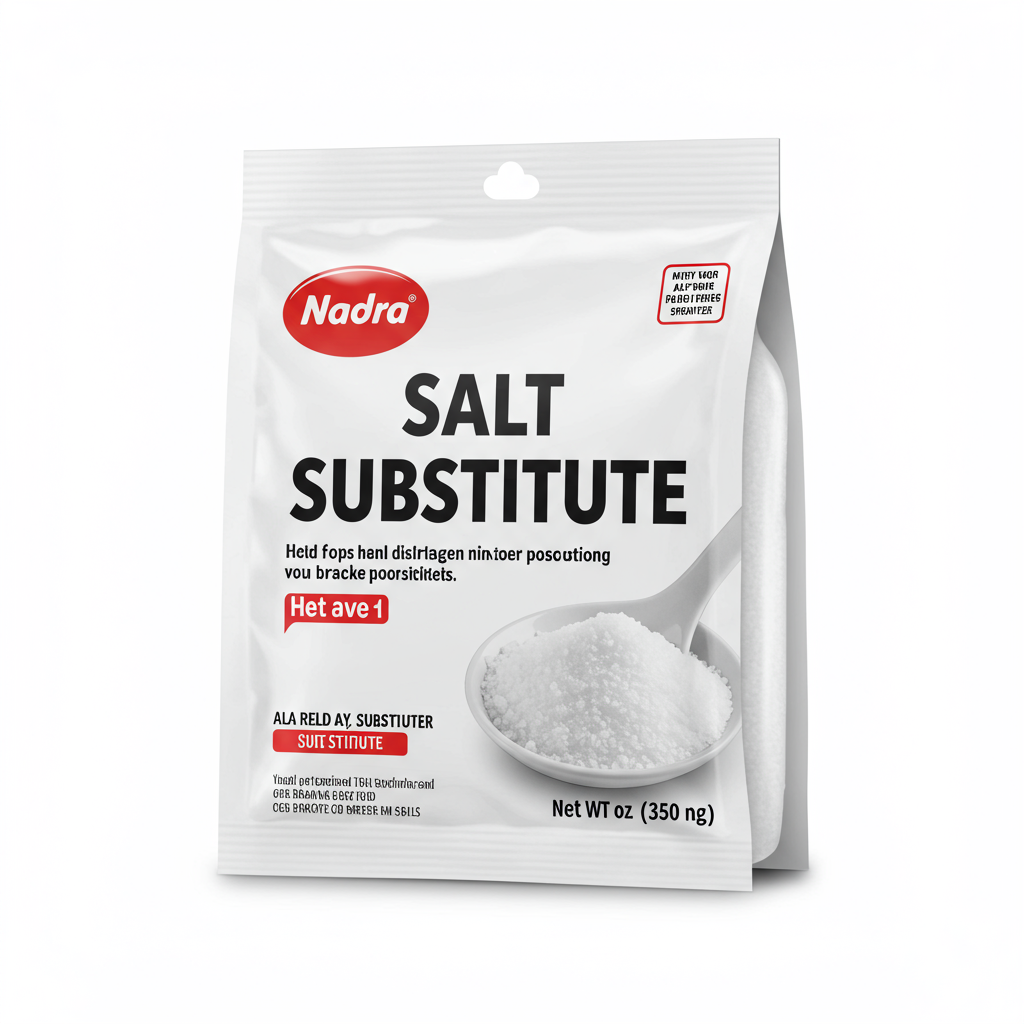
Salt Substitute

Coarse Salt
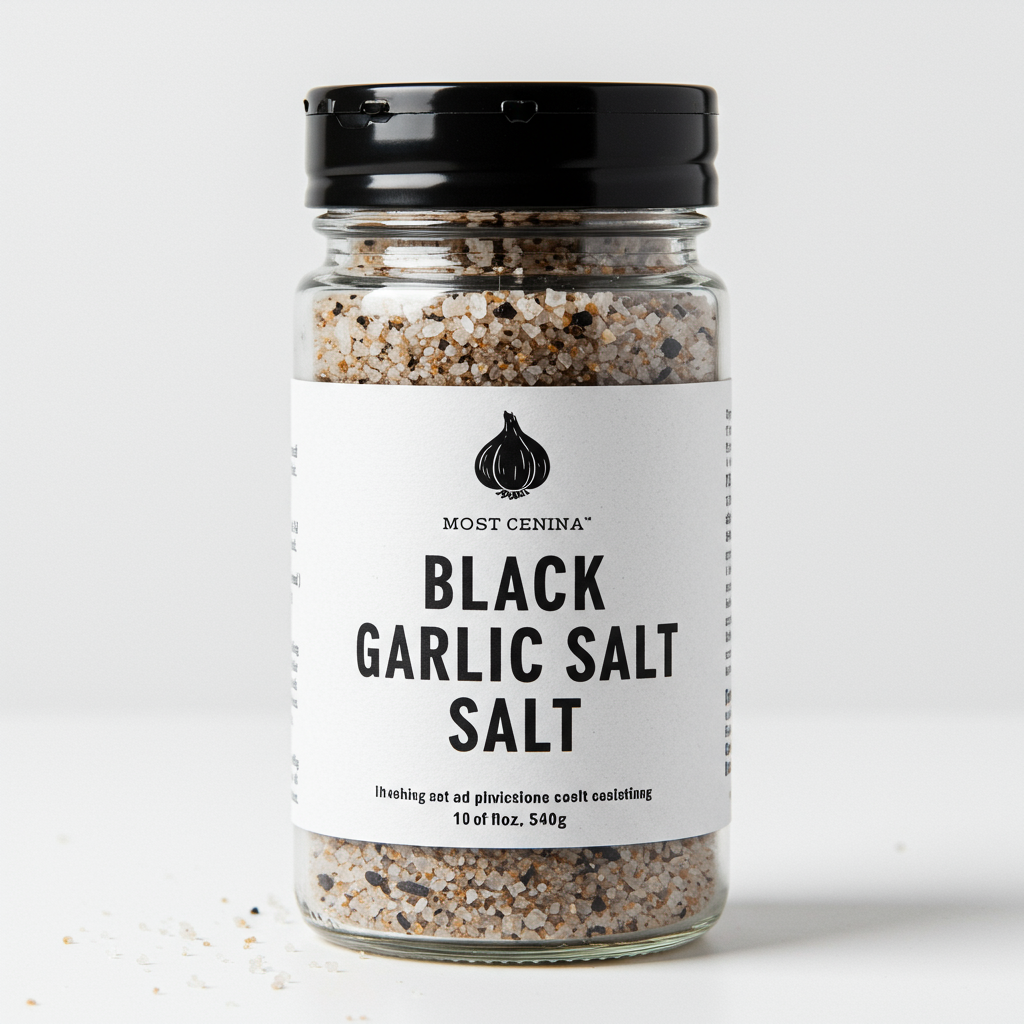
Black Garlic Salt

Black Salt

Garlic Parsley Salt
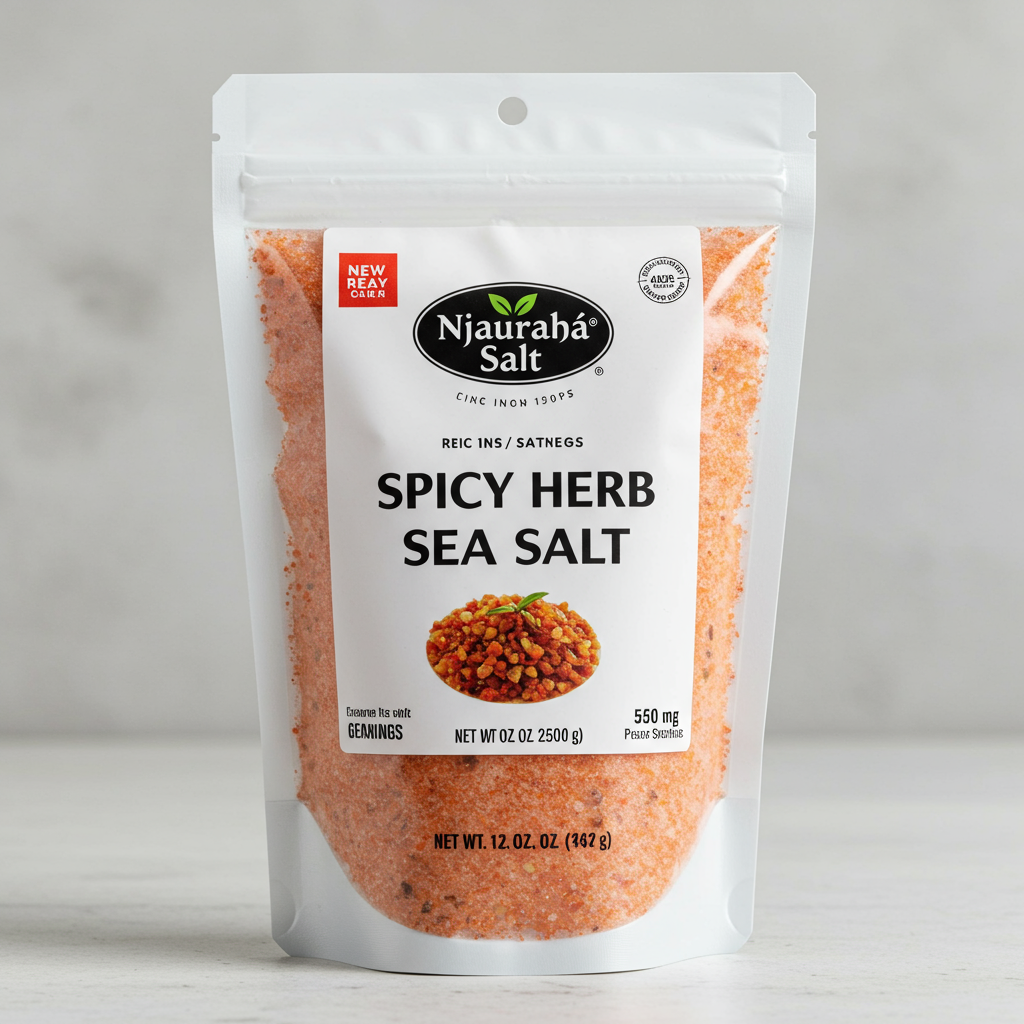
Spicy Herb Sea Salt

Smoked Salt
See All
Health Info
Macros
Allowed on these diets
LOW FAT
HIGH CALCIUM
VEGETARIAN
KETO
PALEO
WHOLE 30
MEDITERRANEAN
LOW CARB
VEGAN
LACTOSE FREE
GLUTEN FREE

